[[bpstrwcotob]]
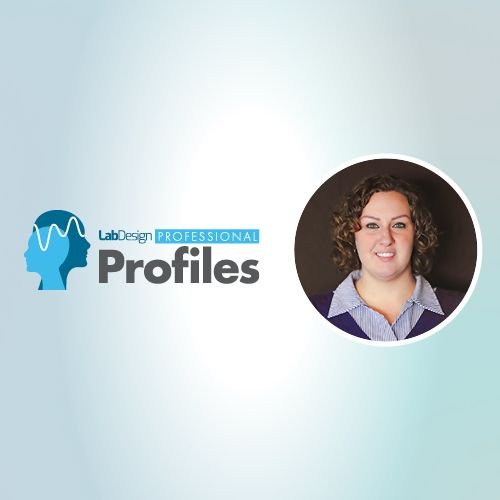
Professional Profile: Natalie Szymanski
Natalie Szymanski, AIA, NCARB, senior laboratory architect with HERA Laboratory Planners in St. Louis, MO, discusses the importance of curiosity in the workplace, movie nights with her family, and creating the help you need in order to do the job
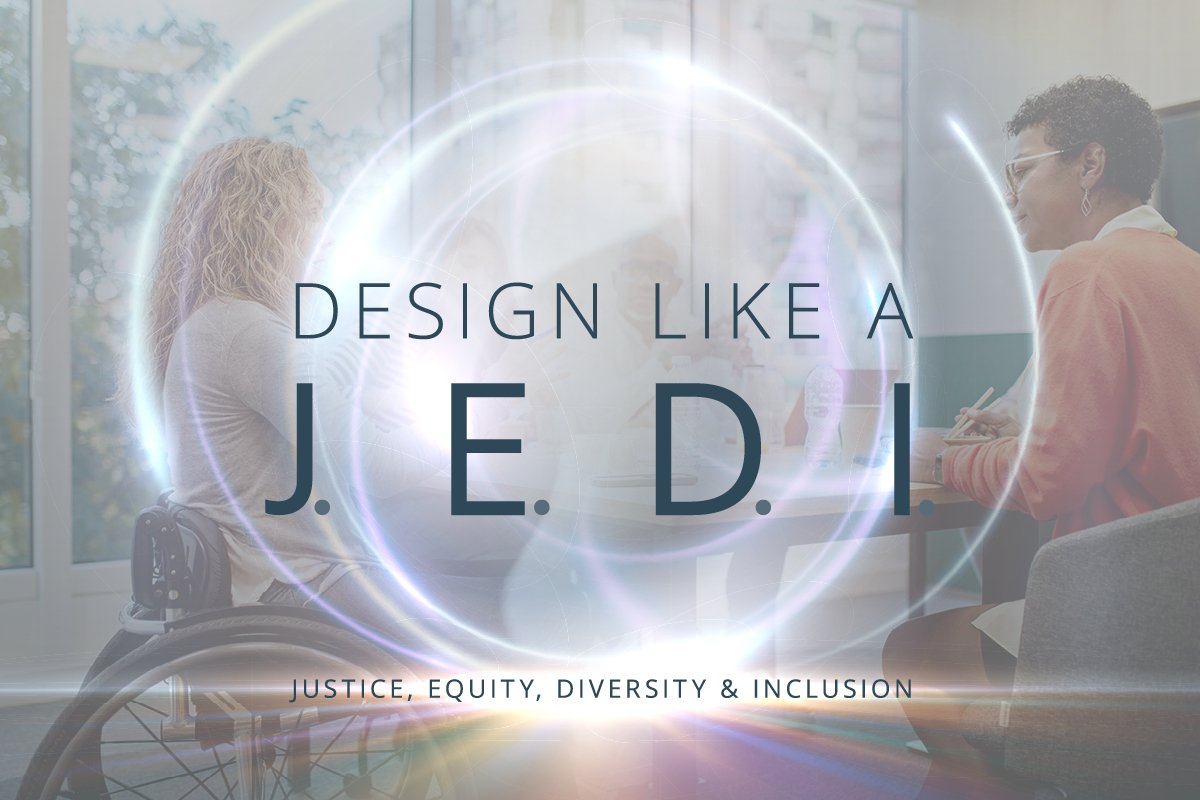
Design Like A J.E.D.I: How Wisconsin's State Crime Lab is Redefining Forensic Science
Explore the transformation of forensic science at the Wisconsin State Crime Lab system, highlighting advancements in gender diversity, cutting-edge technologies, staff well-being initiatives, and educational outreach efforts, collectively serving as a model for innovation and inclusivity in the field
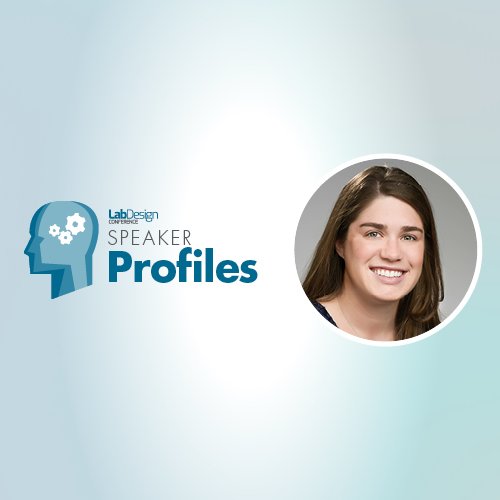
Lab Design Conference Speaker Profile: Rachel Romero
2025 Lab Design Conference speaker Rachel Romero, PE, of the National Renewable Energy Laboratory, discusses soft skills for lab designers, her state swimming victories, and creating a sustainable lab facility
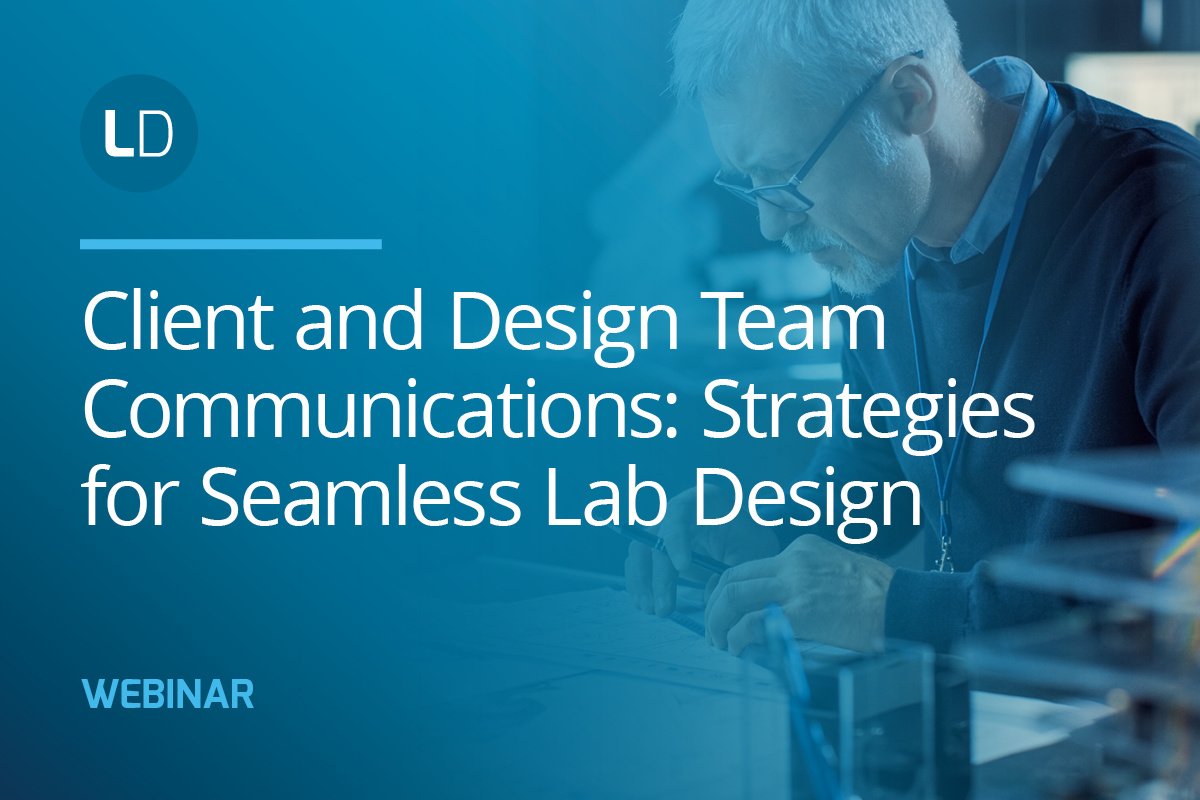
Webinar Review: Client and Design Team Communications: Strategies for Seamless Lab Design
This free, on demand webinar offers advice on establishing seamless communication between clients, design teams, and stakeholders, ensuring more successful lab design projects from start to finish

Weathering the Storms: My Journey in Laboratory Design
In laboratory design, resilience is crucial for safety and efficiency, as shown by strategies like elevating critical infrastructure, reinforcing flood protection, and using humidity-resistant materials to support continuous research operations and protect the well-being of staff
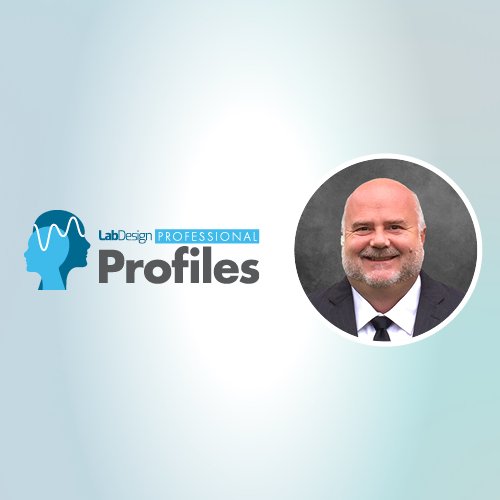
Professional Profile: George Bouris
Lab Design News spoke to George Bouris, vice president, mechanical electrical plumbing at Milhouse Engineering and Construction, Inc., about trends in lab design, balancing functionality with sustainability in a lab build, and the most unexpected request he received for a lab project

Study: Traditional Scientific Workplaces Don’t Meet Needs of Neurodivergent Employees
A study found that nearly half of scientific workers identify as neurodivergent, significantly higher than the general population, and revealed that neuroinclusive design principles, such as adaptable environments and ergonomic features, could benefit all employees by addressing shared sensitivities to workplace stimuli

Professional Profile: Susan Heersema
Lab Design News spoke to Susan Heersema of HERA Laboratory Planners about the most essential soft skill she recommends for lab architects, her favorite coffee shop order, and her best piece of advice for those entering the lab design/build field
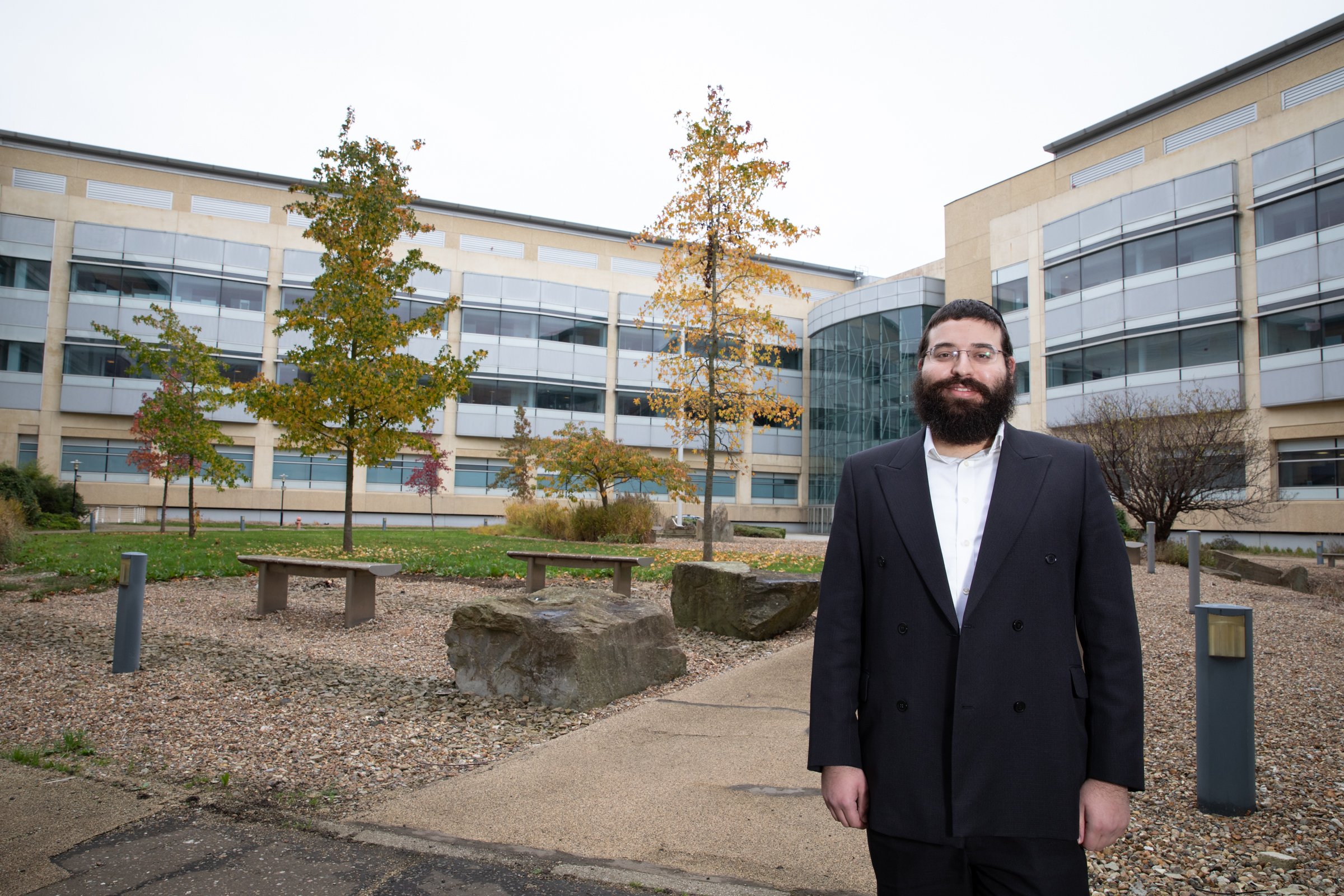
Relocating to Success: The Role of Location in Lab Efficiency
The strategic location of a laboratory plays a crucial role in its success, offering access to talent, collaboration opportunities, and growth potential, as demonstrated by Discovery Park's support for life sciences companies like Asymchem in the UK’s competitive R&D landscape

Design Like A J.E.D.I: Louisiana State Police Designing for Diversity
As forensic science moves forward into the future, lab environments must adapt to reflect the increasing diversity and changing needs of the workforce, supporting well-being and productivity to foster a culture of inclusivity
